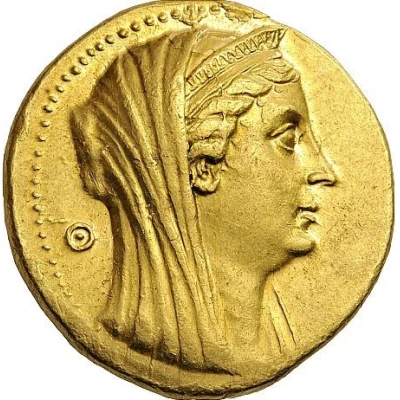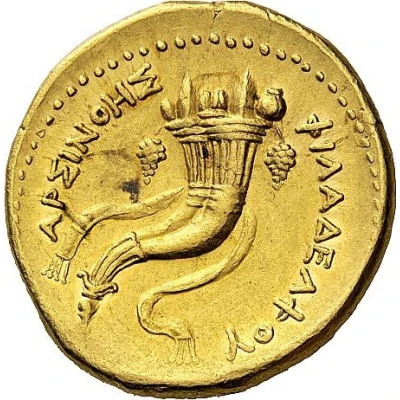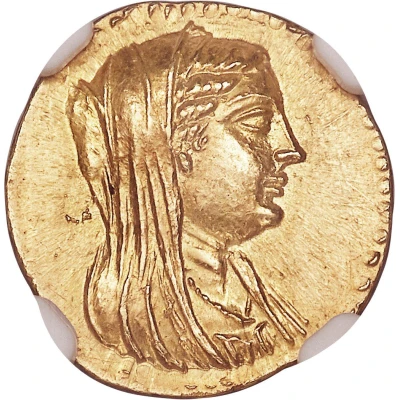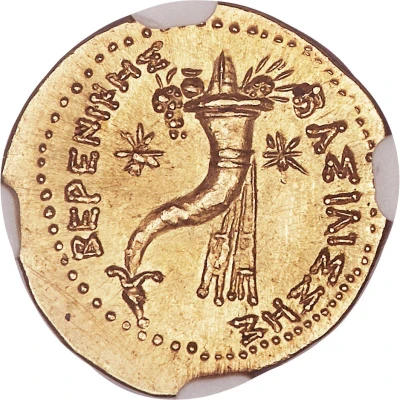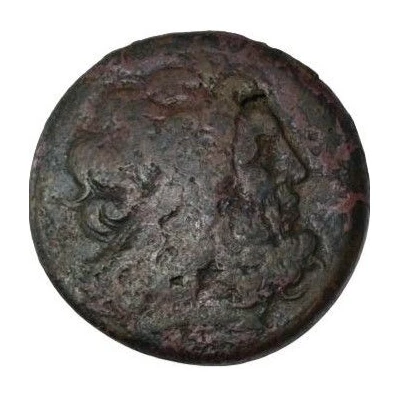
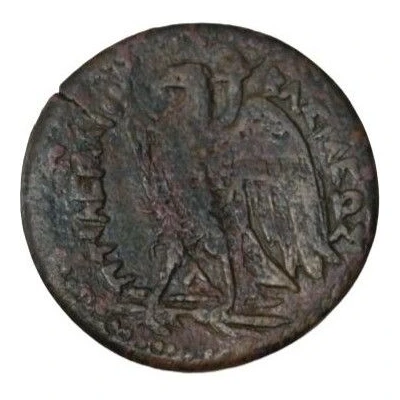

© LOUIS Romain
Eikosachalkon de Ptolémée III 246 BC - 222 BC
| Bronze | 26.6 g | 36.7 mm |
| Issuer | Ptolemaic Kingdom (Ptolemaic Kingdom (305 BC - 30 BC)) |
|---|---|
| King | Ptolemy III Euergetes (246 BC - 222 BC) |
| Type | Standard circulation coin |
| Years | 246 BC - 222 BC |
| Value | Eikosachalkon (5⁄12) |
| Currency | Attic drachm (reform of Berenice II, circa 246 – 221 BC) |
| Composition | Bronze |
| Weight | 26.6 g |
| Diameter | 36.7 mm |
| Thickness | 4.1 mm |
| Shape | Round (irregular) |
| Technique | Hammered |
| Orientation | Coin alignment ↑↓ |
| Demonetized | Yes |
| Updated | 2024-10-09 |
| Numista | N#423621 |
|---|---|
| Rarity index | 97% |
Reverse
Script: Greek
Lettering: Aigle à l'aile ouverte, debout à gauche sur un foudre, la tête a gauche. Cornucopia liée au diadème royal sur l'épaule
Unabridged legend: ΠTOΛEMAIOΥ BAΣIΛEΩΣ
Edge
Plain
Interesting fact
One interesting fact about the Eikosachalkon de Ptolémée III coin is that it features an image of a horned Alexander the Great, which was a common representation of him in Ptolemaic art. This depiction was meant to symbolize Alexander's divine status and his role as a powerful leader.
